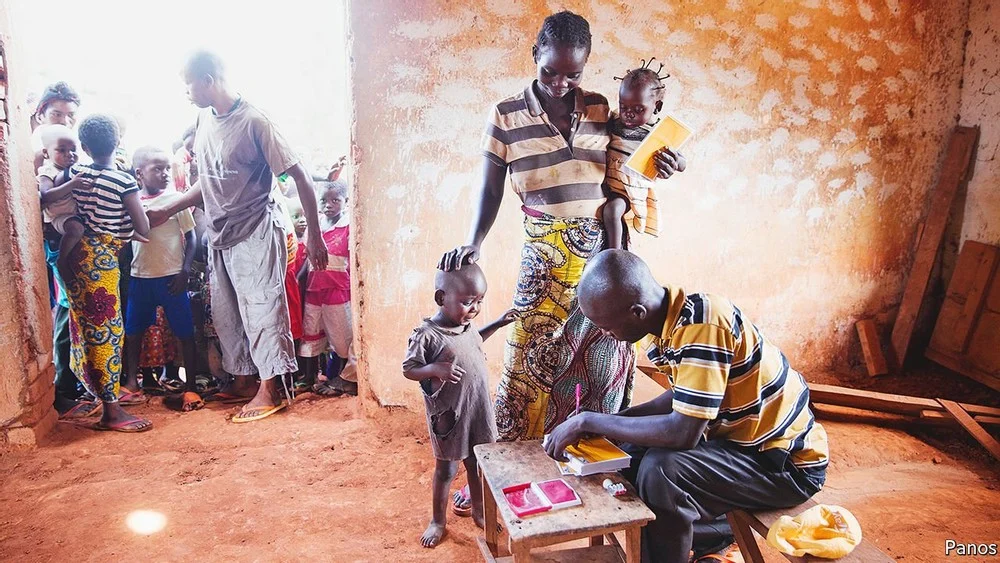Congregations across the U.S. were still praying largely over Facebook or YouTube on Sunday, or were taking part in services from their cars in the church parking lot.
But pastors have been sharing plans for returning to in-person services in the weeks ahead. And religious leaders across the country are navigating the tension between two competing priorities: the desire to worship together and the need to do so safely.
The dispute has become distinctly political, as growing numbers of conservative churches in blue states pushed back against restrictions on in-person worship, and as President Trump threatened on Friday to try to overrule governors who refuse to open houses of worship.
“Some governors have deemed the liquor stores and abortion clinics as essential but have left out churches and other houses of worship,” Mr. Trump said. “It’s not right. So I am correcting this injustice and calling houses of worship essential.”
Minnesota announced on Saturday that it would lift restrictions and allow houses of worship to open at 25 percent capacity, if they follow public health guidelines. Some Catholic and Lutheran leaders had said they would resume in-person worship next week in defiance of Gov. Tim Walz’s previous order limiting gatherings.
Houses of worship can already open legally in more than half the states, but many had decided to remain closed while working out their next steps. Many that are considering opening for in-person worship soon have been mapping out new seating arrangements or foot traffic flows.
The idea of reopening is an especially difficult issue for African-American churches, as the coronavirus has been infecting and killing black people at disproportionally high rates.
Leaders of the Church of God in Christ, a historically black denomination with about six million members worldwide, are urging pastors to not begin to reopen until at least July. Bishop Charles E. Blake Sr., the church’s presiding bishop, found Mr. Trump’s push on Friday to reopen “frightening.”
“The moral safe choice is to wait,” Bishop Blake said. “We don’t think now is the time, and neither do the scientists and doctors we consult with.”





